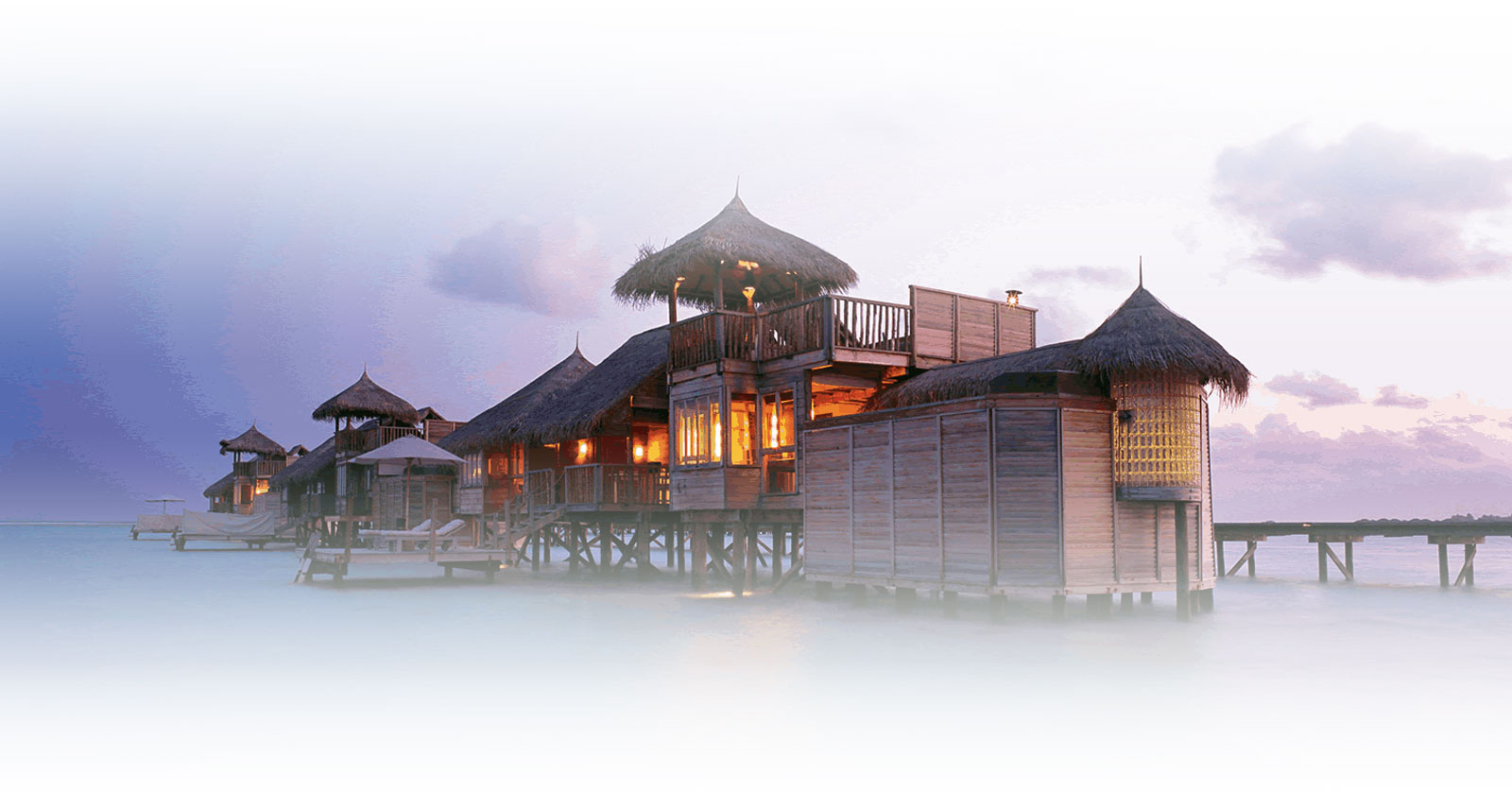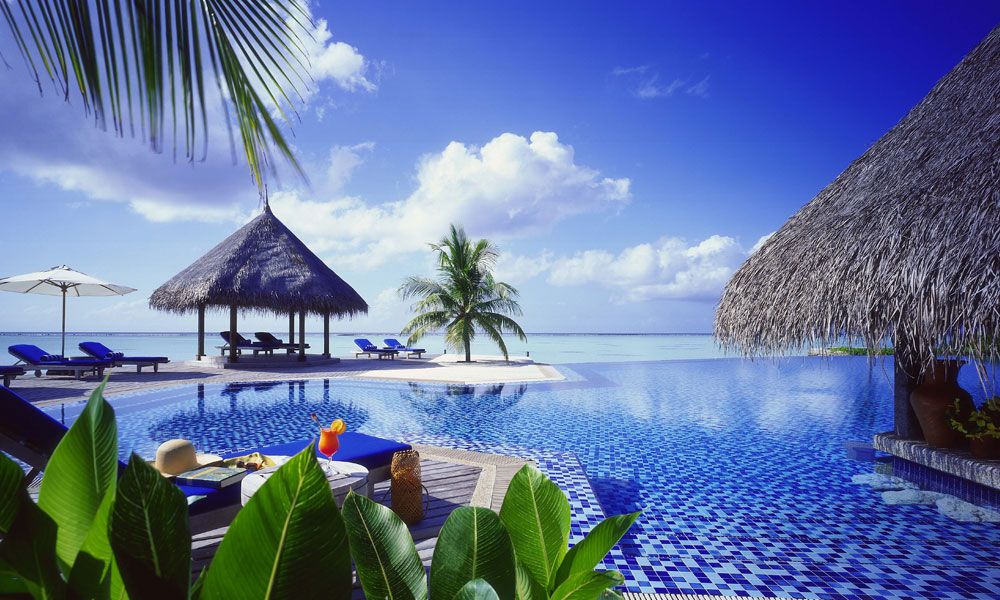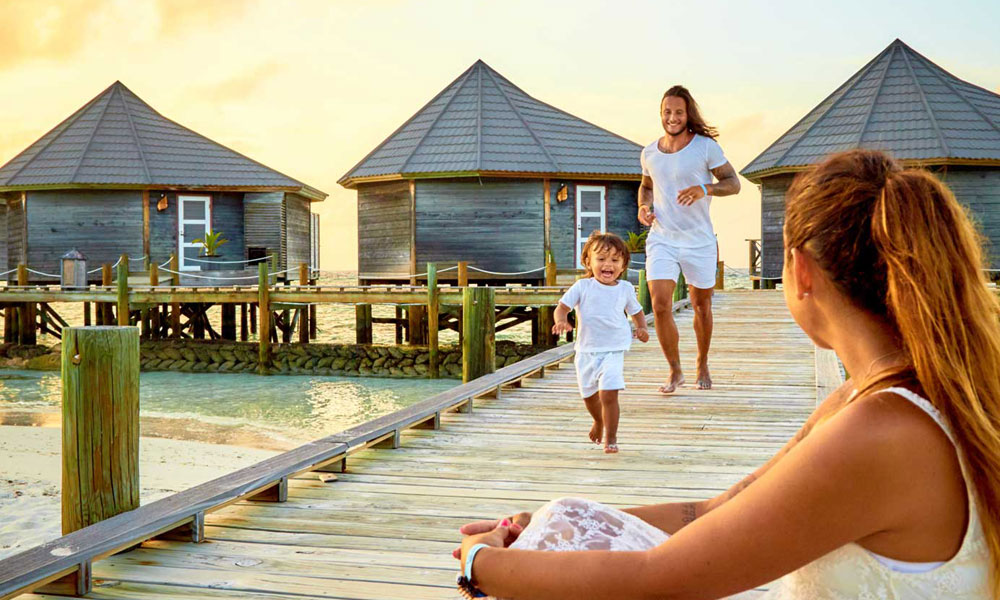Sri Lanka
Set in the Indian Ocean in South Asia, the tropical island nation of Sri Lanka has a history dating back to the birth of time. It is a place where the original soul of Buddhism still flourishes and where nature’s beauty remains lavish and unspoiled. This is an island of magical proportions, once known as Serendib, Taprobane, the Pearl of the Indian Ocean, and Ceylon.
From 1500s to the 1800s Europeans in search of spices and new lands systematically came, saw and conquered giving Sri Lanka a Portuguese, Dutch and finally a British flavour until independence in 1948. The results of a continuous stream of migration, invasion and colonialism was a nation with a vivid and multicultural heritage rooted in centuries of foreign as well as local influences. In fact George Bernard Shaw famously said that he was convinced that “Ceylon [was] the cradle of the human race because everyone there looks an original”.
Few places in the world can offer the traveler such a remarkable combination of stunning landscapes, pristine beaches, captivating cultural heritage and unique experiences within such a compact location. Within a mere area of 65,610 kilometers lie 8 UNESCO World Heritage Sites, 1,330 kilometers of coastline - much of it pristine beach - 15 national parks showcasing an abundance of wildlife, nearly 500,000 acres of lush tea estates, 250 acres of botanical gardens, 350 waterfalls, 25,000 water bodies, to a culture that extends back to over 2,500 years. Come and discover the unbridled hospitality of this fascinating land with Unique Paradise Travels which is a reflection of Sri Lanka and all it stands for. Discover Unique Sri Lanka!
Maldives
Welcome to Maldives! A collection of twenty six atolls scattered in the Indian Ocean, Maldives is the smallest Asian country, by both population and land area. Famous for its pristine beaches, white sands and the exotic coral reef with marine life, the island welcomes its visitors with the smiles of its locals to a true paradise.
Friendly nature of Maldivians will make your holiday relaxing and welcoming.There are many schedule flights which travel to Maldives from different parts of the globe, which traveling to Maldives makes it’s much easier.You don’t need a pre-arranged visa to travel to the Maldives. On arrival friendly staff at the Male’ International Airport will issues a 30 day visa for you.
It has the best beaches and dive spots. These are just few reasons why you should choose Maldives for your next holiday.When you book your holiday with Jetwing travels we will make sure that everything goes smoothly as per your requirement, providing best of Jetwing Services to keep you comfort.If your sole purpose is having an unforgettable surfing adventure our captain will take you there through that nice wave.If you are on a fishing trip then we will make sure that you will get a big catch for that photo moment.You can choose your resorts hotel among the world’s finest but you can still be in the Maldives.



















